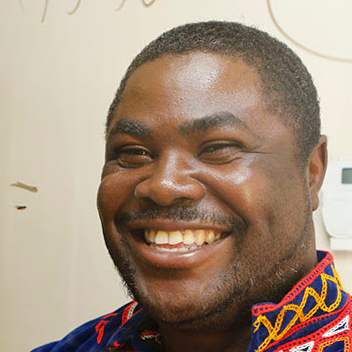Groundwater Flow
A special issue of Hydrology (ISSN 2306-5338).
Deadline for manuscript submissions: closed (28 February 2017) | Viewed by 43633
Special Issue Editor
Interests: methods and application of nonlinear equation; fractional calculus and their applications to real world problems; application of partial; ordinary and fractional differential equation to groundwater problems; perturbation and asymptotic methods; iteration methods for differential equations; numerical method for partial differential equations; numerical methods for ordinary differential equations; analytical methods for partial differential equation; analytical methods for ordinary differential equation; integral transforms; groundwater flow models; groundwater transport models
Special Issues, Collections and Topics in MDPI journals
Special Issue Information
Dear Colleagues,
The groundwater is one of the most important precious sources of fresh water. The groundwater flow is part of streamflow that has infiltrated the ground, entered the phreatic zone, and been discharged into a stream channel, via springs or seepage water. Understanding the complex movements, interactions and feedbacks between water and the geological formation, called an aquifer, and also ecosystems, is an essential challenge for geo-hydrology and for process hydrology generally. Our contemporary discernments of these procedures are characteristically limited by our powerlessness to witness everything, universally, all of the time. In recent decades there has been significant improvement in hydrological field observation, modeling using mathematical tools, analyses, and numerical and analytical methods. These developments offer new displays for modeling hydrological systems, leading to new insights into their functioning and new approaches to process modeling to obtain better prediction.
This Special Issue is devoted to the collection of the latest developments and applications of these numerical and analytical methods to improve our understanding of groundwater flow models. We invite scholars working in this field to consider submitting their latest results including but not limiting to:
- Innovative uncertainties evaluation and analysis techniques;
- Novel combinations of existing techniques;
- Groundwater modeling
- Numerical methods for groundwater models
- Analytical methods for groundwater models
- Heterogeneity
- Soil water modeling
- Model of groundwater pollution
Prof. Dr. Abdon Atangana
Guest Editor
Manuscript Submission Information
Manuscripts should be submitted online at www.mdpi.com by registering and logging in to this website. Once you are registered, click here to go to the submission form. Manuscripts can be submitted until the deadline. All submissions that pass pre-check are peer-reviewed. Accepted papers will be published continuously in the journal (as soon as accepted) and will be listed together on the special issue website. Research articles, review articles as well as short communications are invited. For planned papers, a title and short abstract (about 100 words) can be sent to the Editorial Office for announcement on this website.
Submitted manuscripts should not have been published previously, nor be under consideration for publication elsewhere (except conference proceedings papers). All manuscripts are thoroughly refereed through a single-blind peer-review process. A guide for authors and other relevant information for submission of manuscripts is available on the Instructions for Authors page. Hydrology is an international peer-reviewed open access monthly journal published by MDPI.
Please visit the Instructions for Authors page before submitting a manuscript. The Article Processing Charge (APC) for publication in this open access journal is 1800 CHF (Swiss Francs). Submitted papers should be well formatted and use good English. Authors may use MDPI's English editing service prior to publication or during author revisions.





